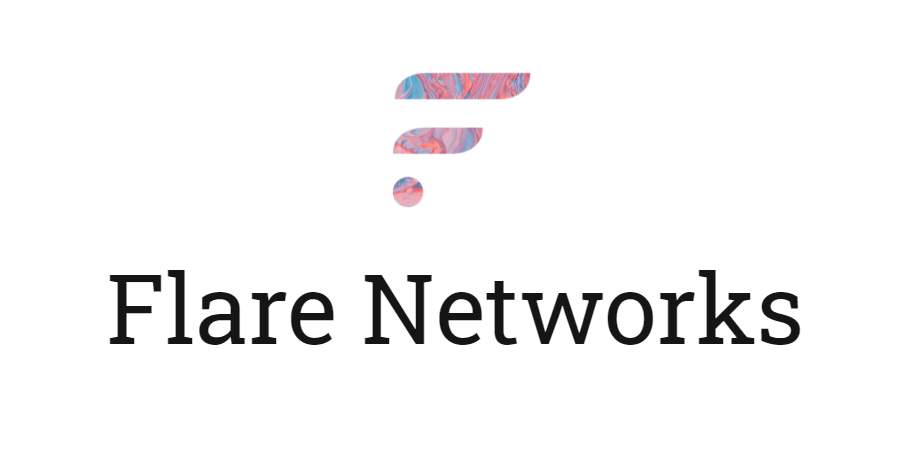Flare Network is a blockchain protocol that aims to connect everything in the decentralized web. It's designed to offer developers access to high-integrity data from other chains and the internet, enabling cross-chain interoperability and scalability. Flare Network is supported by Ripple, one of the leading blockchain platforms for global payments. Let's take a look at how Flare Network works and what are its benefits.
Flare Network Architecture
Flare Network is built on top of an Ethereum Virtual Machine (EVM) that can run smart contracts and decentralized applications. Flare Network also integrates with other blockchains such as Bitcoin, XRP, Litecoin, and the Binance Smart Chain, allowing users to transfer value and information across different networks.
Flare Network uses a novel consensus mechanism called Federated Byzantine Agreement (FBA), which does not rely on proof-of-work or proof-of-stake. Instead, Flare Network nodes can choose their own set of validators based on their trust and reputation. This makes Flare Network more decentralized, scalable, and energy-efficient than traditional blockchain protocols.
Flare Network also introduces a native token called Spark (FLR), which is used to pay for network fees and to participate in governance. Spark holders can also delegate their voting power to other nodes or applications, creating a dynamic network of stakeholders.
Flare Network API Portal

One of the critical features of Flare Network is its API Portal, a gateway to Web3 that provides access to blockchain transactions and data without needing to run blockchain nodes. The API Portal is integrated with Google Cloud Marketplace, making it available to anyone with a Google Cloud account.
The API Portal offers several benefits for blockchain developers and users, such as:
- Ease of use: Developers can use the Google Cloud Marketplace to access Flare's APIs and nodes of the top blockchains, including BTC, ETH, BNB, XRP, and FLR. They can also use Google Cloud tools and services to build and deploy their applications.
- Cost reduction: Flare's APIs can count towards a customer's committed spend on Google Cloud, lowering the expenses of using blockchain services. Developers can save on hardware costs and maintenance by not running their own nodes.
- Security and reliability: Flare's nodes and infrastructure are powered by Google Cloud, ensuring high levels of security, scalability, and availability. Developers can trust that their applications will run smoothly and safely on Flare Network.
- Utility and innovation: Flare's EVM-based Layer 1 protocol can offer decentralized access to high-integrity data from other chains and Web2 sources, enhancing the utility of blockchain. Developers can create applications that leverage data from multiple sources and networks, creating new possibilities for innovation.
Flare Network Use Cases
Flare Network is a blockchain protocol that can support various use cases and applications in the decentralized web. Some of the examples are:
- Decentralized finance (DeFi): Flare Network can enable DeFi applications that use data from other chains and Web2 sources, such as prices, oracles, identity, etc. For instance, Flare Finance is a DeFi platform that offers lending, borrowing, swapping, yield farming, insurance, and more on Flare Network.
- Non-fungible tokens (NFTs): Flare Network can enable NFT applications that use data from other chains and Web2 sources, such as art, music, gaming, etc. For instance, Gala Games is a gaming platform that creates NFTs on Flare Network.
- Cross-chain bridges: Flare Network can enable cross-chain bridges that allow users to transfer value and information across different networks. For instance, Flare Wrap is a bridge that allows users to wrap any token from any chain into an ERC-20 token on Flare Network.
By leveraging the power of Google Cloud to connect everything in the decentralized web, developers can have access to high-integrity data from other chains and Web2 sources, Flare Network enhances the utility and innovation of blockchain. Flare Network is set to launch its mainnet in and around June 2023.






